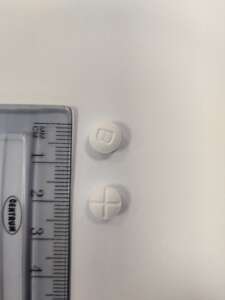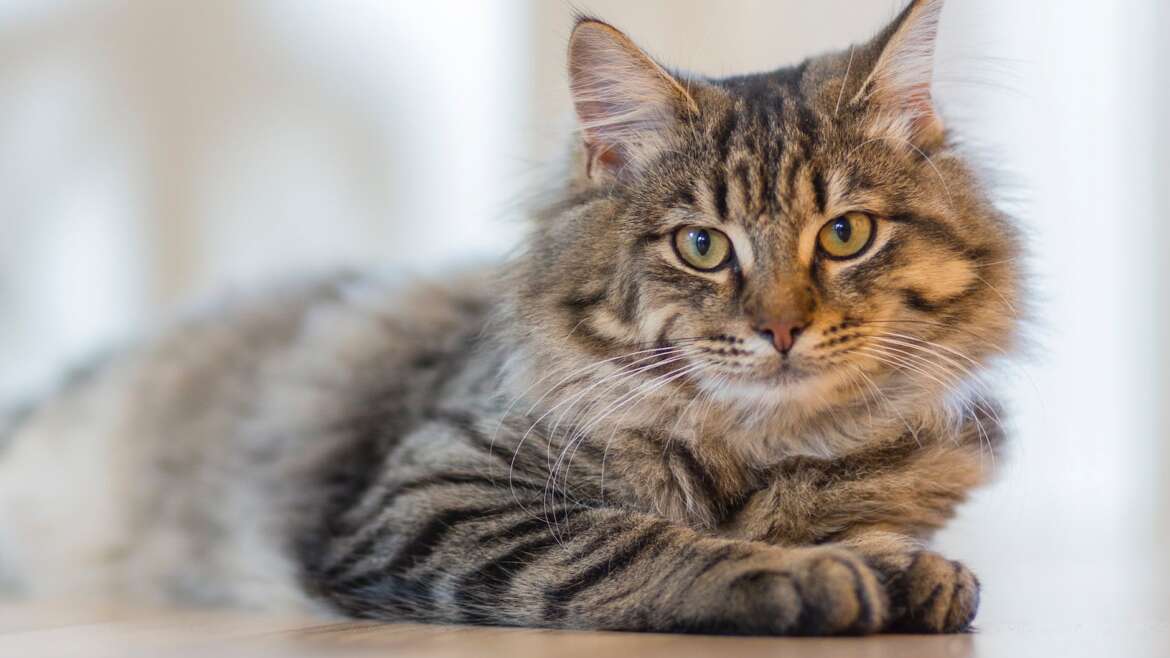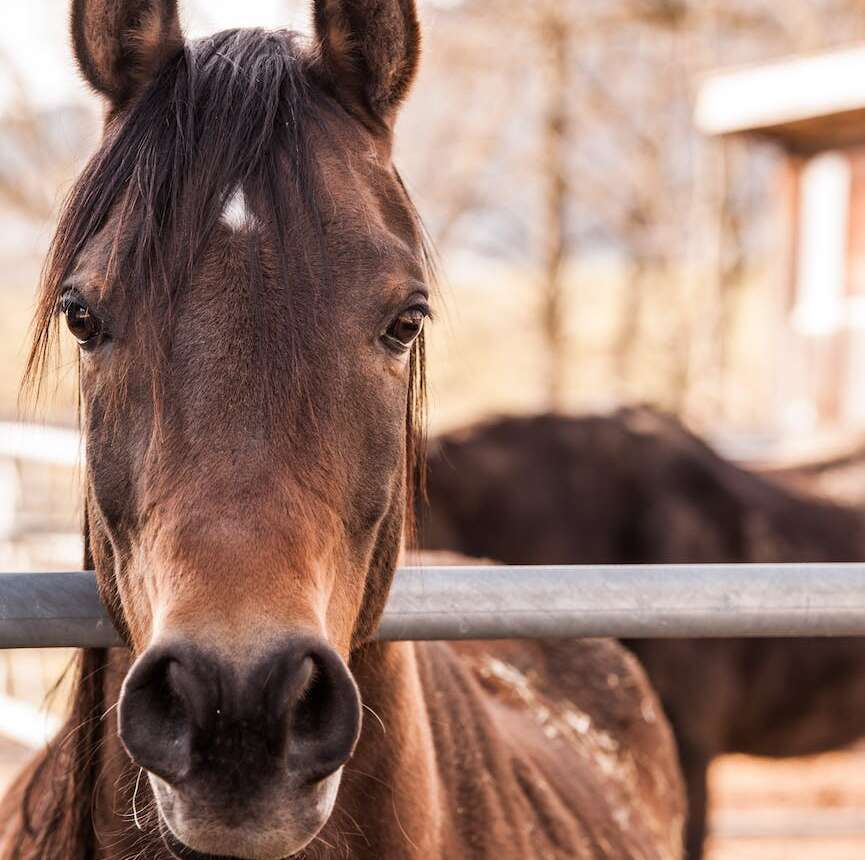The treatment of feline infectious peritonitis (FIP) in the UK – what to look out for during treatment
Last updated: 02/2024
Sam Taylor BVetMed(Hons) CertSAM DipECVIM-CA MANZCVS FRCVS
Séverine Tasker BVSc BSc DSAM PhD DipECVIM-CA FHEA FRCVS
Danielle Gunn-Moore BSc(Hon), BVM&S, PhD, MANZCVS, FHEA, FRSB, FRCVS
Emi Barker BSc BVSc PhD PGCertTLHE DipECVIM-CA MRCVS
Stephanie Sorrell BVetMed(Hons) MANZCVS DipECVIM-CA MRCVS
Thank you to Richard Malik & Sally Coggins for their advice and assistance in producing this document.
The above specialists have come together to run the ‘FIP advice’ email address ([email protected]) answering queries on the new treatments on a voluntary basis and disseminating information to vets and vet nurses in the UK.
- What should I expect during the treatment of FIP?
- What is the prognosis of FIP now?
- What should I expect during the treatment of FIP?
- What do I need to monitor during the treatment of FIP?
- Therapeutic drug monitoring (TDM) of oral GS-441524 during treatment
- What do I monitor after FIP treatment?
If you are a cat owner, please watch our animal owner educational webinars.
The UK has had nucleoside analogue antivirals legally available to vets for the treatment of FIP in cats since August 2021. In that time many cats and kittens have been treated successfully. However, knowledge and recommended treatment protocols are constantly evolving, with updated guidance being released February 2024. This article has been created to support vets in the use of oral GS-441524 (50mg tablets and 50mg/ml oral suspension) and injectable remdesivir (Figures 1 and 2) in the management of FIP.
It is worth remembering that treatment needs to be tailored to the individual cat based on response, compliance and client finances. An information sheet on FIP is downloadable from our website here: Feline Infectious Peritonitis (FIP) Information for Cat Owners. (bova.vet)
FIP treatment protocols – what’s new?
(Updated February 2024)
Legally available antivirals in the UK and other countries via import now include remdesivir (injectable), GS-441524 (oral suspension and oral tablets), and EIDD-1931 (oral tablets). The following advice is based on published and unpublished data and experience. Treatment of individual cases remains the responsibility of the attending veterinary surgeon. The dosages below are based on experience using reputable preparations of known antiviral content. Extrapolation is not applicable to other oral preparations where the active component and/or its content are not known or provided by the manufacturer.
For recommended protocols for treating FIP please read ‘The treatment of feline infectious peritonitis (FIP) in the UK – an update on treatment options‘. We also have some hints and tips based on common questions from vets which you can read The treatment of feline infectious peritonitis (FIP) in the UK – FAQs about treating FIP.
What is the prognosis of FIP now?
Response rates are around 85%, with cats that respond rapidly (e.g., returning to completely normal within 30 days) having a better overall response. Some cats fail to respond to antiviral treatment, often deteriorating in the first 2 weeks; some cats may be too sick for the antivirals to work (although consider intravenous remdesivir in sick cats that cannot be medicated otherwise). Relapse is uncommon (<10%) but tends to occur in the first few weeks after stopping treatment. Using therapeutic drug monitoring (TDM, see below) to inform dosing, and/or higher dosages, may result in higher response rates.
Survival times are long (although we are all still learning about this) with late relapses (or reinfections) rarely reported. Since the drugs have only been available since late 2021, we don’t yet know if cats that appear to be cured stay that way lifelong, although results so far are very encouraging.
What should I expect during the treatment of FIP?
- In the first 2-5 days you should see an improvement in demeanour, appetite, resolution of pyrexia, and reduction in abdominal or pleural fluid (if present).
- NB. More clinical signs attributable to FIP may be seen during the initial few days of treatment, i.e., before the medication has had time to take effect. This can include the development or recurrence of pleural fluid which may require drainage (if the cat is at home, advise the owner to measure resting respiratory rate and effort). Neurological or uveitis signs may also develop (e.g., owners may notice a change in iris colour). If neurological or ocular changes are noted, the drug dosage should be reviewed in case an increase is indicated.
- Effusions usually resolve by 2 weeks. If an effusion is still present at 2 weeks, consider increasing dosage (by 2-3 mg/mg twice daily (every 12 hours) if possible) e.g., increasing the dosage to above that used for cats with effusions only.
- Serum albumin increases and globulin decreases (i.e., they normalise) may take several weeks, but note that globulins can initially increase when a large volume effusion is absorbed. In some cases, globulins may remain mildly increased even at the end of the treatment course and this has not been associated with relapse if all other parameters have normalised.
- Lymphopenia and anaemia may take longer to resolve, up to 10 weeks, and a lymphocytosis (and eosinophilia) can occur during successful treatment.
- Enlarged lymph nodes typically reduce in size over a few weeks but in some cases, they do not return to normal size nor normal ultrasonographic echogenicity, even by the end of treatment. However, this does not seem to signify FIP relapse, if all other parameters have returned to normal; treatment can be stopped as planned and the patient monitored.
If progress is not as expected, consider reviewing the diagnosis (see below) and/or increasing the dosage.
What do I need to monitor during the treatment of FIP?
Clinical response is most important to monitor; a failure to improve may necessitate an increase in dosage. Monitoring should be adequate to assess response but, particularly when the cat is doing well, repetition of costly tests that are unlikely to alter treatment (e.g., limiting testing to previously abnormal parameters and basic screen) and multiple, potentially stressful, clinic visits should be limited. Owners should be encouraged to weigh their cat at home (e.g., using inexpensive baby scales) and keep a diary of appetite and demeanour, respiratory rate and other parameters as indicated. The recommendations below will change depending on the cat’s response to treatment:
- After 48 hours an improvement in demeanour and normothermia is expected. A verbal report of progress and ease of medicating the cat should be obtained around this time.
- After 2 weeks weight, demeanour, effusions (inhouse scanning, abdominal girth measurement) should be reviewed. Additionally, serum biochemistry and haematology can be assessed, adapting to cost constraints as needed (e.g., consider whether measurement of total protein, PCV, and plasma colour assessment, using a spun microhaematocrit tube, could be used as a costeffective and rapid initial screen to indicate whether additional testing is indicated). Normalisation of serum AGP (if elevated before treatment) may be useful to predict remission;
- After 6 weeks the cat should be re-examined and the above assessments repeated.
- After 12 weeks the cat should be examined before stopping treatment and all assessments should ideally be normal. Mild persistent hyperglobulinaemia and mild abdominal lymphadenomegaly are sometimes reported and not associated with relapse. If all other parameters are normal (including AGP) then treatment can still be stopped.
Point-of-care ultrasonography (POCUS) to monitor for effusion resolution and/or lymph node size is useful if available and affordable.
Therapeutic drug monitoring (TDM) of oral GS-441524 during treatment
TDM is available currently at Edinburgh University. Cats are sampled after 3-5 doses of starting the oral GS-441524; ideally, 2-3 ml serum and 0.5 ml EDTA should be taken at peak (2-3 hours post-dose) or trough (9-12 hours post-dose) times after GS-441524 is given. This can be combined with alpha-1 acid glycoprotein (AGP) measurement. 1.5 ml serum is the minimum volume required for TDM and AGP measurements without haematology and biochemistry testing. Email Rachael Hammond ([email protected]) for information on submission. Results can allow adjustment of GS-441524 dosage or frequency of administration. TDM measurement is currently (February 2024) available free of charge.
What do I monitor after FIP treatment?
Once treatment is completed (usually 12 weeks’ duration), cats should be monitored for relapse by their owners; loss of appetite, weight changes, or other clinical signs. The clinical signs of relapse may differ from those at initial diagnosis (e.g., neurological signs in cats that previously had effusions). Ideally, the cat is examined ~4 weeks after stopping treatment. Monitoring AGP may provide reassurance if it remains normal. Any clinical signs should be promptly investigated.
Further reading
Tasker, S.; Addie, D.; Egberink, H.; Hartmann, K.; Hofmann-Lehmann, R.; Hosie, M. J.; Truyen, U.; Belak, S.; Boucraut-Baralon, C.; Frymus, T.; Lloret, A.; Marsilio, F.; Pennisi, M. G.; Thiry, E.; Mostl, K., ABCD Guidelines Feline Infectious Peritonitis – factsheets & diagnostic tools. 2022, accessed 16th January 2023. https://www.abcdcatsvets.org/portfolio-item/factsheets-tools-for-feline-infectious-peritonitis-fip/
Thayer, V.; Gogolski, S.; Felten, S.; Hartmann, K.; Kennedy, M.; Olah, G. A., 2022 AAFP/EveryCat Feline Infectious Peritonitis Diagnosis Guidelines. Journal of Feline Medicine and Surgery 2022, 24, (9), 905-933. https://journals.sagepub.com/doi/full/10.1177/1098612X221118761

Figure 1: Oral GS-441524 tablets

Figure 2: Remdesivir for intravenous or subcutaneous injection

Figure 3 A cat with FIP and ascites. Effusions should start to resolve over 3-5 days after starting treatment.




